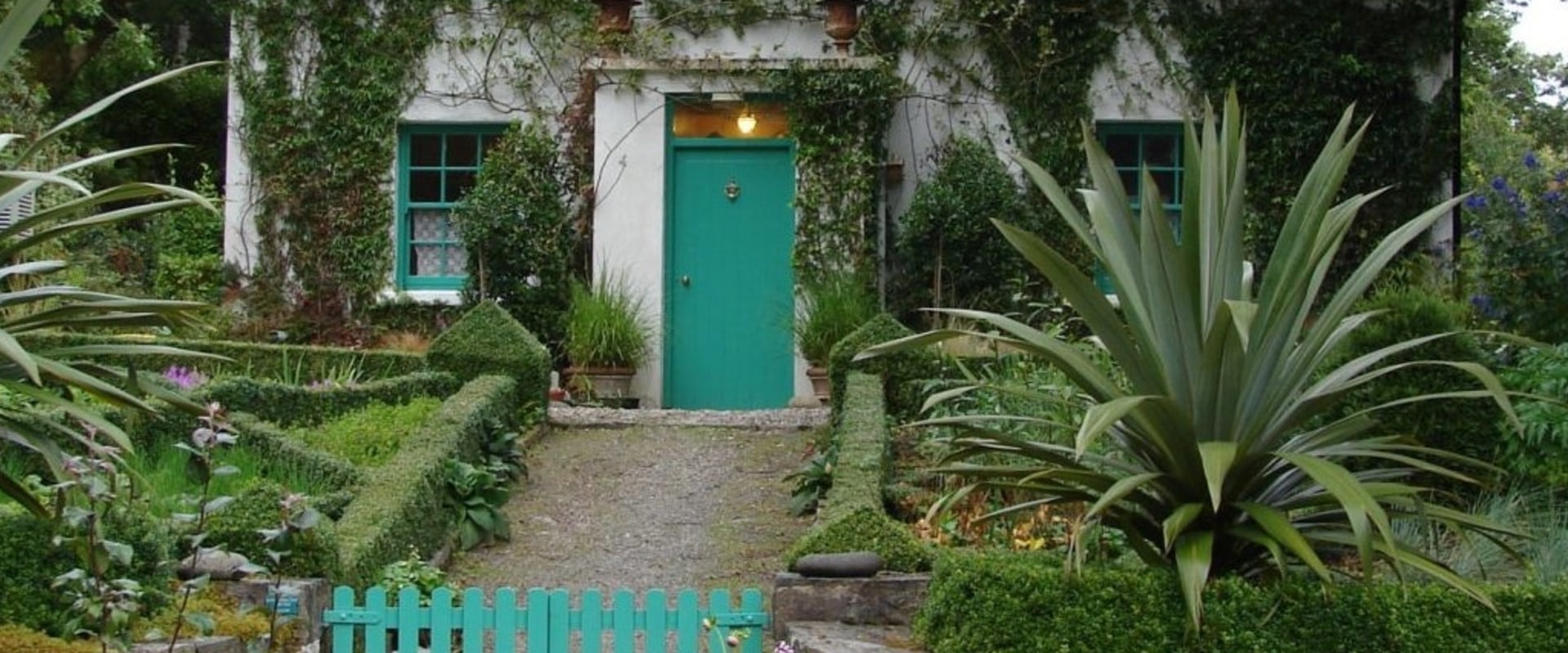The objective of a UFMP is to create a sustainable urban forest that optimizes the benefits of trees and, at the same time, meets the established economic and safety objectives. These factors will help to grow an urban forest that is resistant to pests and diseases, drought conditions, and extreme weather patterns. Dudek's urban forestry team outlines five steps to meet these goals and facilitate a successful UFMP process. The method is based on the work of Japanese botanist Akira Miyawaki.
He discovered that the protected areas around temples, shrines and cemeteries in Japan contained an enormous variety of native vegetation that coexisted to produce resilient and diverse ecosystems. This contrasted with coniferous forests, non-native trees cultivated for wood, which dominated the landscape. Fujiwara, who worked with Miyawaki, said that some forests planted in India and the Netherlands do not actually follow Miyawaki's method of creating natural forests because of species selection. Ottburg said he is often asked if he finds rare species in forests, which is highly unlikely in urban areas.
The presence and performance of urban forests is one of the most pressing issues in contemporary urban planning. Successful implementation of UFMP and measurement of success are based on obtaining a comprehensive understanding of urban forest and its management practices. In a speech delivered at the second National Urban Forestry Conference that same year, then-Vice President of American Forests, Rexford A. Treating afforestation as an urban design tool, Karen Lutsky's Big Old Tree, New Big Easy envisions the care and stewardship of the next generation of New Orleans' loved ones and characters: defining trees as a way to build and serve a community.
With changing environmental conditions, cities are recognizing the important role that trees play in creating a robust urban forest that is capable of reducing surface temperatures, improving air quality, conserving energy and increasing quality of life, among many other benefits. Enabling indicators for urban forest planning can be developed to capture spatial extent (quantity, accessibility, connectivity), diversity (quality) and ecosystem services (purpose), covering the 5 parameters of a complete urban forest. The resulting document provides a framework for the City to take priority actions to create a world-class urban forest. Dudek's urban forestry team completed a nearly one-year process that took an in-depth look at the management of the city's urban forests through broad participation of municipal staff and community stakeholders.
This platform will synthesize leading research, present best practices and highlight innovative projects focusing on a variety of topics, including human health, education, economic impact and workforce development, water and sewerage management, transportation, social equity, urban waste utilization, public safety, urban planning and smart city technology. The use of native species, which are adapted to the local environment, helps create ecosystems that can survive over time, he said. This redesign will include the planting of many more urban trees and other vegetation, and the use of new and more creative methods. From studies showing impacts on crime, domestic violence, ADHD symptoms, cultural isolation, neighborhood stability, student grades, and even birth weight, trees are proving their worth in urban landscapes in many ways Within the urban landscape, it is understood today that this dynamic, ecologically complex and spatially layered system performs a wide range of essential ecosystem services, from increasing property values to mitigating climate change.
A more specific purpose, for example, an urban mangrove forest for coastal resilience, could have sub-indicators such as “buffer width” and “root density” of trees driving the design. .
